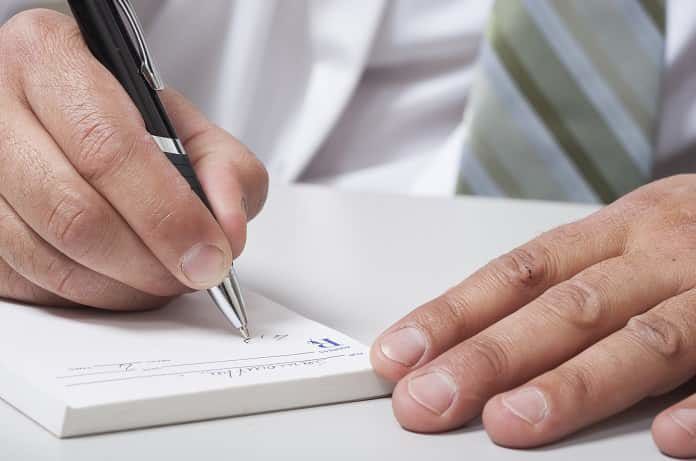Scientists compared three anti-epileptic drugs including one branded Lamotrigine and two lamotrigine-generic drugs and found them to be bioequivalent. Now we know: branded and generic drugs can be substituted with confidence.
It is estimated that nearly 80% prescriptions filled in the US are for generic drugs. The US Food and Drug Administration (FDA) requires that generic drugs have the same active ingredients, strength, dosage form, and route of administration as the branded drug product, This is also known as bioequivalence. It is the responsibility of the generic drug manufacturer to prove that its drug is bioequivalent to the branded drug. This is typically evaluated by conducting a study in which the patient takes the generic drug and the amount of drug in the blood stream is measured. If the levels of the drug in the blood stream are the same as that found when the branded drug is used, it is expected that the generic drug will perform in a similar manner.
To examine bioequivalence of generic and branded anti-epileptic drug, lamotrigine, a group led by Michael Berg, University of Rochester, USA, carried out a randomized clinical trial involving 50 adults with epilepsy. This study was known as the Equivalence Among Antiepileptic Drug Generic and Brand Products in People With Epilepsy(EQUIGEN) randomized control trial, and the results were published in the JAMA Neurology.
Equivalence of generic and branded drug products is evaluated on the basis of two important pharmacokinetic (PK) measures – the area under the concentration curve (AUC) and the maximal concentration (Cmax). Both drugs are bioequivalent if the 90% confidence interval of the ratios of the generic to the branded drug for the AUC and Cmax range between 80% and 125%.
In this study, the single dose PK profiles of two generic lamotrigine products and one branded lamotrigine drug were compared in epileptic patients that included adults with refractory epilepsy. Data from 49 patients were examined and no significant differences in the PK profiles of the branded lamotrigine and the two generic lamotrigine products were observed. Comparing high and low doses of the generic drug versus the branded product and also between high and low doses of the generic product showed the 90% confidence intervals of relative bioavailability to be within the 80% to 125% equivalence limits for both AUC and Cmax. The bioequivalence was not affected by potential confounders such as treatment sequence, study period, and age.
Thus, even though the participants in the study exhibited multiple clinically relevant variables, the PK profiles were all within bioequivalence standards set forth by the FDA. This study’s importance lies in the ability to allow doctors and pharmacists to prescribe the generic brand with confidence.
Written by Joseph M. Antony, PhD



